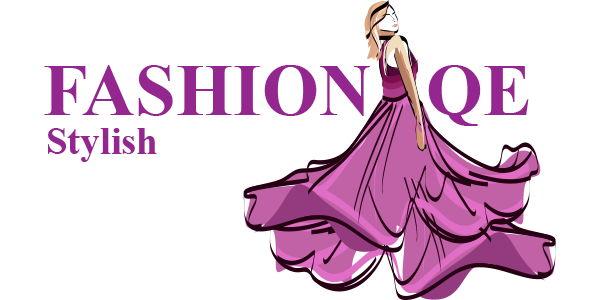
In the sewing world, precision is key. Even seasoned seamstresses and tailors can make mistakes when choosing sewing patterns. With so many options available, it’s easy to misinterpret or overlook crucial details. Here, we explore 5 common errors in selecting sewing pattern sizes and provide solutions to avoid them effectively.
Understanding Pattern Sizing
Before we start delving into the errors, It’s crucial to comprehend the intricacies of pattern sizing. Compared to ready-to-wear garments, sewing patterns adhere to a distinct sizing system that might not align perfectly with commercial sizing standards. Typically, pattern sizing is based on body measurements rather than arbitrary numbers or letters. Therefore, it’s imperative to measure yourself accurately before selecting a pattern size – follow this guide on how to take your body measurements for a perfect fit.
Error 1: Ignoring Body Measurements Instead of Referring to the Size Chart
One of the gravest mistakes individuals make is disregarding their body measurements when selecting a sewing pattern size. Body measurements serve as the foundation for achieving a tailored fit, and neglecting them can lead to ill-fitting garments. Always refer to the size chart provided by the pattern manufacturer and select the size closest to your measurements.
Error 2: Disregarding Ease Allowance and Fabric Characteristics Instead of Considering Them in Selection
Ease allowance, the extra space added to a garment for comfort and movement, is often overlooked. While it’s tempting to opt for a size that closely mirrors your measurements, failing to account for ease allowance can result in a garment that feels constricting or disproportionate. Consider the intended fit of the garment and choose your size accordingly, factoring in the recommended ease allowance provided in the pattern instructions.
Error 3: Neglecting Individual Body Shape Adjustments
Many individuals fall into the trap of assuming that sewing pattern sizes align seamlessly with commercial clothing sizes. However, this assumption can be misleading, as pattern sizing varies widely among different manufacturers and even between different pattern lines within the same brand. Instead of relying solely on commercial sizing conventions, prioritize your body measurements and compare them diligently to the size chart provided by the pattern company.
Error 4: Failing to Create Test Garments for Fit and Comfort Assessment
Even the most meticulously drafted sewing patterns may require adjustments to achieve a perfect fit. Ignoring the need for pattern adjustments can result in frustration and disappointment during the sewing process. Whether it’s a full bust adjustment, sway back alteration, or lengthening/shortening the pattern, investing time in fine-tuning the fit will yield superior results and speed up your sewing. Familiarize yourself with common pattern adjustments and be prepared to tailor the pattern to suit your unique body shape.
Error 5: Failing to Make a Muslin Mock-Up
A muslin mock-up, also known as a toile, serves as a preliminary version of your garment sewn from inexpensive fabric. Regrettably, many sewists bypass this crucial step in the sewing process, opting to dive straight into their fashion fabric. However, a muslin mock-up provides invaluable insights into the fit and construction of the garment, allowing you to identify and rectify any fit issues before cutting into your precious fabric. Embrace the practice of creating muslin mock-ups for complex or unfamiliar patterns, and marvel at the difference it makes in the final outcome.
Conclusion
In the realm of sewing, mastering the art of pattern size selection is a fundamental skill that can elevate your garment-making endeavors to new heights. By steering clear of common errors such as ignoring body measurements, overlooking ease allowance, blindly following commercial sizing, disregarding pattern adjustments, and failing to make a muslin mock-up, you empower yourself to create garments that fit like a dream and exude professional craftsmanship.
